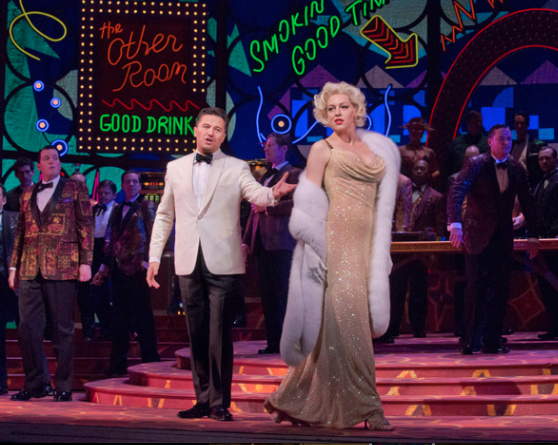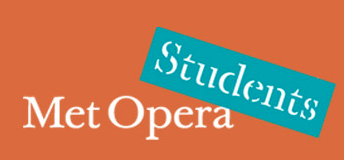Published in the Columbia Daily Spectator on March 8th:
“Alas, how many gentle thoughts, how deep a longing has led them to the agonizing pass.” With these words, the poet Dante laments the damned state of Paolo and Francesca—two lovers consigned to the second circle of Hell for all eternity. As many Lit Hum students can attest, this encounter, however brief, is one of the more moving depictions found in Dante’s classic “Inferno.” For Riccardo Zandonai’s 1914 opera “Francesca da Rimini,” which returned to the stage of the Metropolitan Opera on March 4, the details of this pair’s amorous affair are expanded and become the subject of an epic melodrama. The principal roles in this opera are famously demanding to sing—but, for the most part, on Monday night, all four lead singers offered accomplished and compelling portrayals.
Leading the cast, Dutch soprano Eva-Maria Westbroek delivered a vocally uneven performance of the title character. Westbroek’s lush, though unfocused, middle range is well suited for Francesca’s impassioned singing, but the soprano struggled—especially early on—with the role’s many exposed high notes. That said, Westbroek’s singing became absolutely affecting during the extended love scene in the third act.
Tenor Marcello Giordani’s appearances have become increasingly inconsistent over the past few seasons, but his portrayal of the ardent Paolo was surprisingly solid. On this occasion, Giordani sang with an uncharacteristic, though effective, dark timbre in the core of his voice and made quite an impact with powerful, ringing top notes.
As Paolo’s irritable and misshapen brother Giovanni, Mark Delavan was the epitome of a vocal powerhouse. From the first notes of his forceful entrance, Delavan commanded the audience’s attention with a muscular, rich tone. Throughout the evening, the bass-baritone skillfully tackled the demands of his role with an assertive, resonant sound that blossomed within the Met’s spacious auditorium.
Rounding out the quartet of principal singers, tenor Robert Brubaker portrayed Paolo and Giovanni’s deranged brother, Malatestino, with an aggressive presence. His penetrating tenor and chilling physicality combined perfectly in an appropriately unsettling characterization.
An interview with Ms. Westbroek:
This performance also featured a well-cast ensemble of singers in supporting roles. Dina Kuznetsova as Samaritana and Ginger Costa-Jackson as Smaragdi offered achingly beautiful portrayals, while the ensemble of Francesca’s female companions offered many lush moments of lyrical, supple harmony.
Zandonai’s music is richly textured and draws upon many compositional styles for inspiration. Led by the experienced maestro Marco Armiliato, the Metropolitan Opera Orchestra capably evoked the multitude of musical colors that permeate this unique score. Piero Faggioni’s 1984 production of “Francesca da Rimini” is enjoyably ridiculous and is typical of a foregone era of operatic staging. With elaborate, dominating scenery and borderline laughable dramatic choices, this treatment of the work demonstrates both the best and worst aspects of grand opera. All the same, this throwback production certainly makes for an intensely thrilling and wholly satisfying theatrical spectacle.
“Francesca da Rimini” is definitely a piece for the more open-minded operagoer. The frenzied score and over-the-top melodrama might pose obstacles for newcomers, but the massive scenery and even more outsized stage effects will offer excitement for every member of the audience. Zandonai’s work is a veritable operatic rarity, so now maybe the only opportunity to experience it for years. For more information, visit the Met’s website.


























